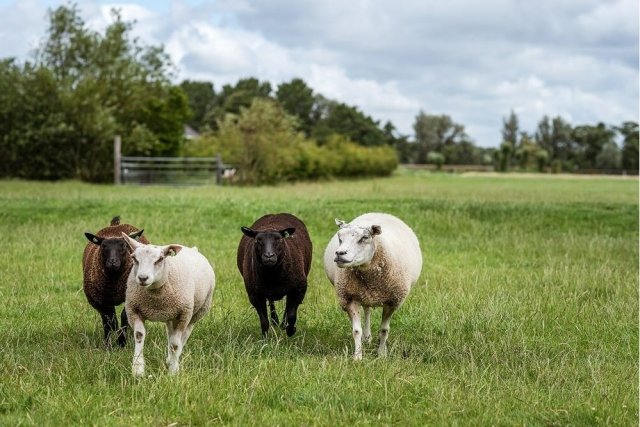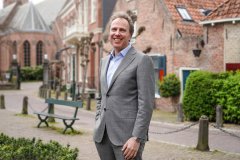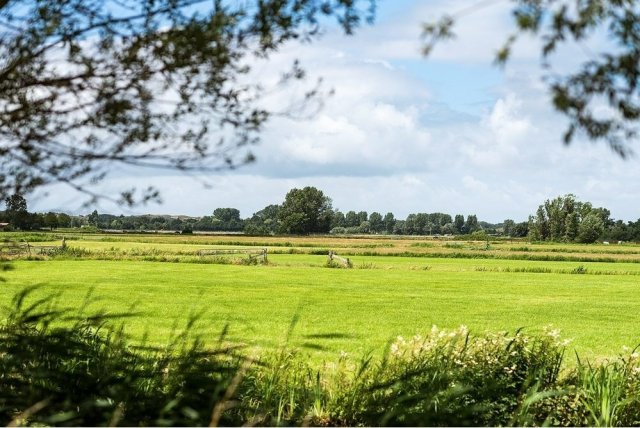North edge (formerly Green Zone)
Special area
The Noordrand forms a green backyard in the Randstad and is an area where many interests come into play. This unique area is part of the varied Dune, Horst & Meadow landscape, with vast meadows, lines of sight to the dunes and valuable ecological, cultural-historical and archaeological elements.
North Rim program: heading for conservation and enhancement
The Program for the Noordrand sets the course to preserve and enhance the unique values of this special landscape. There will be an ecological connection between Lentevreugd and the Green Heart, nature-friendly banks will be constructed and meadow birds such as the skylark, meadow pipit and black-tailed godwit will get much more space.
The direction for the North Rim is based on three guiding principles: "Agricultural with room for nature," "Respect for values and livability," and "Water and Soil guiding. These frameworks guide future developments toward preservation and enhancement of the area. You can read more about this in the document Program Noordrand.

Intended measures
The intended measures for the area are bundled under the four themes of Agriculture, Nature, Recreation and Livability in the document Program Noordrand - Bundling intended measures. This contains a description, objective and type of work for each measure.
Elaboration of concrete plans
In the coming period, area parties will be closely involved in the development of concrete measures, for which more than €13 million is available through the province. This will involve intensive cooperation with neighboring Katwijk municipality, entrepreneurs, the State Property Company, the province of South Holland, the Rijnland Water Board, Dunea, interest groups and private individuals. Together they will work to realize the shared ambitions, such as a vital agriculture, strengthening nature and a healthier living environment.
Broad-based program
The program came about after an intensive participation process. It was drawn up in cooperation with area parties, interest groups, residents, landowners and entrepreneurs, with over 25 working workshops and several residents' evenings. This resulted in a widely supported program that reflects the wishes and ideas from society and contributes to the development of the Noordrand into a high-quality green zone. The first excavation work in the area started in October 2024 and the work has now been completed.

